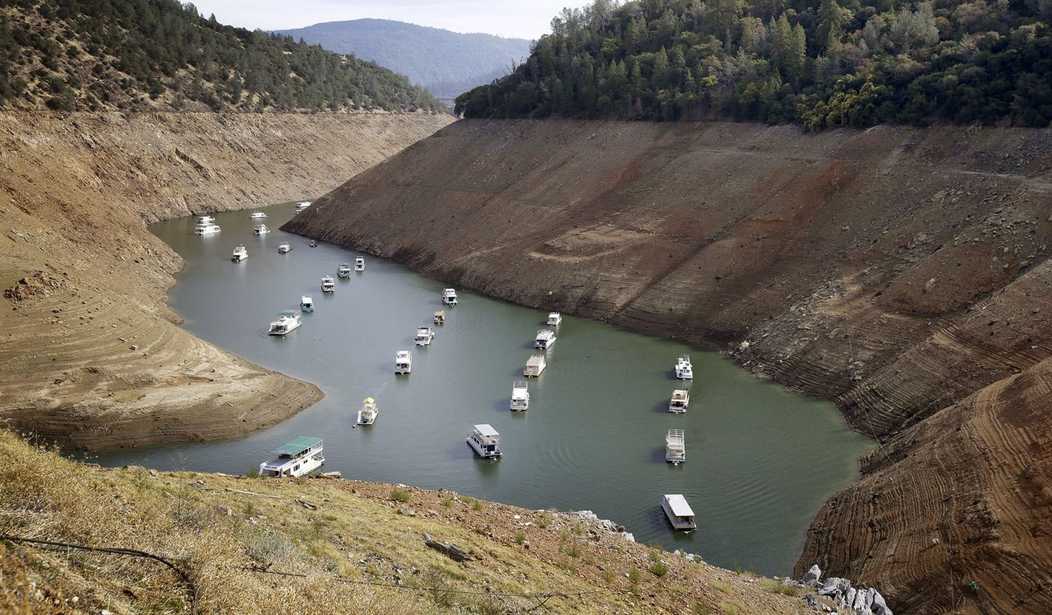It’s no secret that California has been undergoing periodic droughts lately, leading to a depletion of its major freshwater resources and exacerbating wildfires. This has been happening on and off for as long as anyone can remember. (Large parts of the state are technically deserts, after all.) But given the vast demand for freshwater to support all of those thirsty humans, Governor Gavin Newsom sent out a plea to his people earlier this summer. The state needed to sacrifice for the good of the many and they would need to reduce their water consumption by at least 15%. So how did that work out? A few months later, it turns out that either nobody was listening to Newsom or they just didn’t care. Water usage barely dropped at all in most areas. And in Los Angeles and San Diego, it actually went up. (LA Times)
Despite an appeal by Gov. Gavin Newsom for all Californians to voluntarily cut water use by 15%, Southern California has lagged in conservation efforts and water usage has slightly increased in Los Angeles and San Diego, according to newly released data.
More than two months after Newsom stood by a depleted reservoir in San Luis Obispo County to make his plea, figures released Tuesday by the State Water Resources Control Board show that conservation efforts have varied widely from north to south.
On average, Californians reduced water use by just 1.8% statewide during July as compared to the same month last year. In Southern California, however, water use hardly changed among the region’s 19.7 million residents.
There was a distinct difference in the response between the northern and southern halves of the state. The southern half was by far the worst. Water usage decreased by only 0.1% overall and actually rose by 0.7% in Los Angeles and 1.3% in San Diego. In case we need to remind you, the drought problems are typically much worse in the southern part of the state. But it’s also worth noting that southern California in general and Los Angeles, in particular, are home to the entire Hollywood crowd that loves to spend their time preaching to the rest of us about how we have to take care of the planet, conserve our resources and do the right thing. But when they were called on to cut water usage, the governor received a fairly obvious flip of the bird in response.
So who is really to blame here? Would it be the government or the rank and file citizens? Perhaps there’s enough guilt to go around on both sides. You may recall that back in 2014, California voters approved a large spending plan to expand their water supplies with new water storage projects. Virtually none of that money was spent and no new reservoirs or other related projects have broken ground yet. Clearly, the state government (which has only been ruled by Democrats throughout this period) shares some of the fault for failing to carry through on something the voters approved.
But at the same time, the water crisis is very real and that information was put there for the voters to take to heart. Most of them completely ignored it and wound up using even more water. If the reservoirs run entirely dry and there are another few seasons with very little rain (something that’s absolutely possible), the area simply won’t be sustainable anymore. No amount of magical money will make a flood of potable water appear. People will be forced to leave.
Perhaps the fault for this lack of foresight can be equally divided between the government and the residents. Large parts of California naturally have fairly limited freshwater supplies under the best of conditions. And yet it’s become the most populous state in the nation. The water was eventually going to run out, wasn’t it?
Don’t get me wrong. This is a concern that large parts of the planet will be facing eventually because freshwater supplies are not infinite and our population has grown to the point where we’re using far more of the potable water in the ecosystem than gets naturally replenished each year. (That’s one theory as to why we’re seeing so many more sinkholes these days.) But much of California was already a desert or something close to a desert before we brought in tens of millions of people to begin pumping it dry. What did we expect?








Join the conversation as a VIP Member